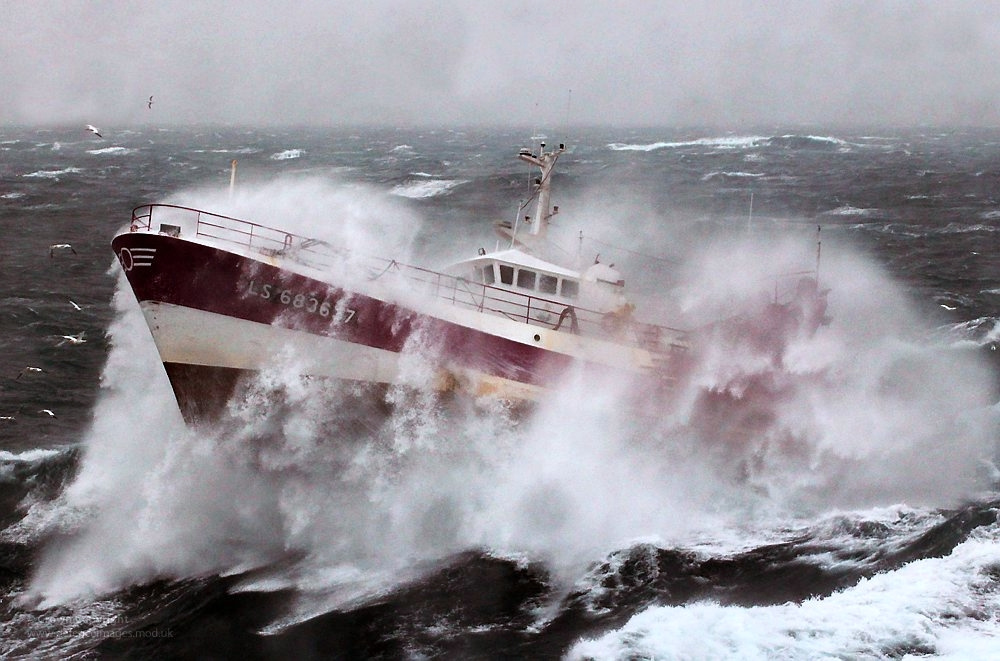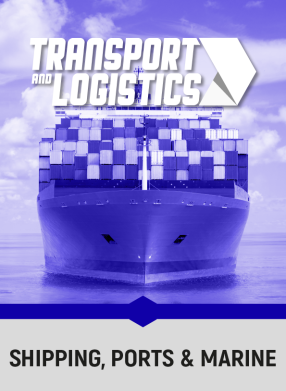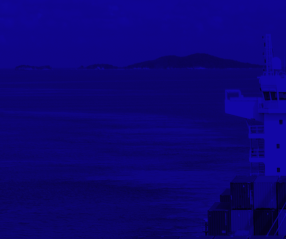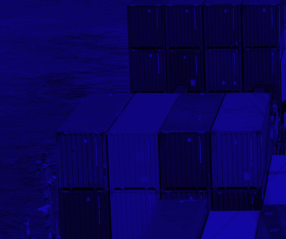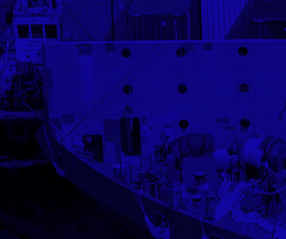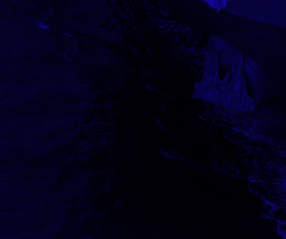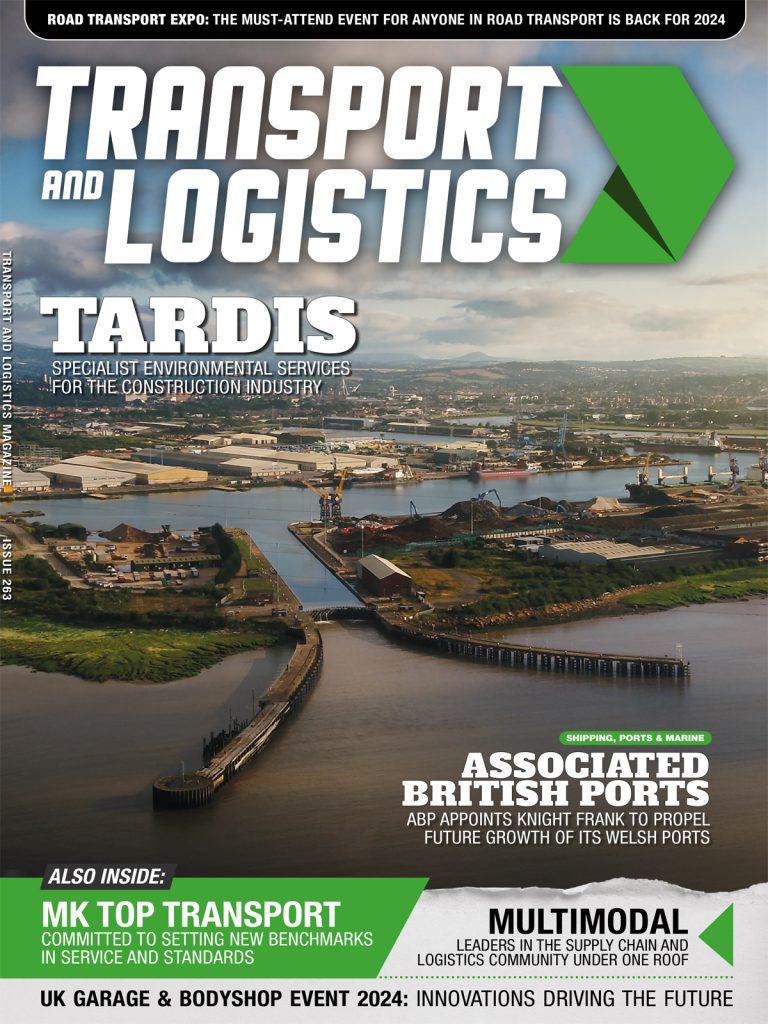Working on deck in heavy weather conditions is dangerous, and should only be considered if essential to the safety of the ship and crew. Linda Wright, claims executive for UK P&I Club, reviews heavy weather incidents and suggestions for safer working in heavy weather.
“Masters and owners have an obligation to provide a safe workplace. Heavy seas and raging winds try to defeat any attempt to be “safe.” However, if a loose anchor is pounding the hull, or unsecured nylon lines on deck threaten to wash overboard and potentially tangle in the ship’s propeller, the Master must make a decision as to whether the potential danger to the ship outweighs the high risk of sending crewmembers on deck.
“If the decision is that work on deck is necessary, procedures must be completed for a full risk assessment. Reference to the Member’s ISM guideline and the Code of Safe Working Practices for Merchant Seaman should be considered. Although this code originates in the UK, the practical advice should be reviewed by any Master or crewmember, so unexpected dangers can be planned for.”
Additional precautions should include:
- Master must approve the order for work
- Bridge officer on watch must be advised
- Job safety analysis prior to going on deck
- Person in charge of deck work should be in radio contact with bridge – for updates on work and assistance in case of an emergency
- Plan rescue efforts to assess risk to rescue team
- Whistle signal from bridge to alert if large waves are approaching.
“Members should always be prepared for the unexpected. Always consider the power of the sea, and the practical ways to follow safety measures in heavy weather. Members should consider having a permanent list of items specifically identified for safety when on deck in heavy weather. First and foremost, is the task absolutely essential for the safety of the ship and crew? If the answer is no, then wait for calmer sea conditions or the next port.”




